Last-Minute NYC Holiday Gift Guide 🎁
We’ve created a holiday gift guide with presents for the intrepid New Yorker that should arrive just in time—


The High Line in New York City is one of the most well-known elevated parks, but around the world there are many similar urban reclamation projects underway. The success of the High Line inspired many other cities around the world to reuse and rethink space around old rail lines. Here are 10 plans from Europe, Canada, Australia, Asia, the United States and Mexico.
More than revitalizing Mexico City, the Chapultepec Project was thought up by the city’s Public Space Authority mainly as a way to give residents a much-needed respite from the city. Mexico City’s elevated walkway will be built from scratch as opposed to reusing an old railway, running a path from a train station to Chapultepec Forest. The path will help locals in their commute and will also be a good way to introduce more greenery into the city, but so far, there hasn’t been news on progress.
Helsinki’s Baana Bike Corridor was built onto a century-old freight railway gorge leading from the Western Harbour area to Kamppi and the Töölö Bay. It is located below street level, and it features pedestrian and bike paths, facilities for basketball and other sports, greenery, and public art. The Baana, opened in 2012, is also part of a city initiative to promote cycling.
When Singapore was still part of Malaysia, the Keretapi Tanah Melayu railway tracks connected them together. Singapore separated from Malaysia in the 1960s, but it wasn’t until 2010 that the two countries made an agreement to cease the operation of the railways that connected the two together. The Green Corridor is an initiative to transform this disused Malay railway into a green space for Singaporeans, an amenity that the city-state admittedly lacks–scarcely surprising given the country’s high development rate. The Corridor has been open to the public since 2012, but the government is currently looking for ideas on what to do with the space in the long run.
Built in the early 1900s, the Hofplein line was the first electric railway in the Netherlands, but the line was discontinued in 2009. Plans to redevelop the train tracks running through downtown Rotterdam into a commercial destination and elevated park are currently in their beginning stages. An interesting characteristic of DOEPEL STRIJKERS’ plan for the Hofplein is that they’re planning to incorporate city heating into the Hofbogen by using industrial waste heat to warm buildings along the park’s path, thereby reducing CO2 output.
The West Toronto Railpath was originally a railway that connected Toronto to Southampton and Owen Sound, but after it became obsolete, the City of Toronto began looking for ways to repurpose the old rail. The city’s efforts eventually led to the realization of their project to turn the railway into a multi-use trail containing public art installations, native plants, and plazas. Phase one began in October 2008 and was completed by 2009, but the second phase will not begin until 2014.

Stretching across three miles in Philadelphia’s Center City district, the Reading Viaduct is an abandoned rail line built in the 1890s for passenger and freight trains going to Reading Terminal (which now houses the Reading Terminal Market), falling into disrepair in 1984. After the success of New York’s High Line, however, the city began funding the Reading Viaduct Project in hopes of revitalizing the area in the same way that the High Line did. Although it was inspired by New York, the Reading Viaduct will primarily be geared towards providing greenery for residents living nearby, not for attracting tourists. The first portion of construction is currently underway.
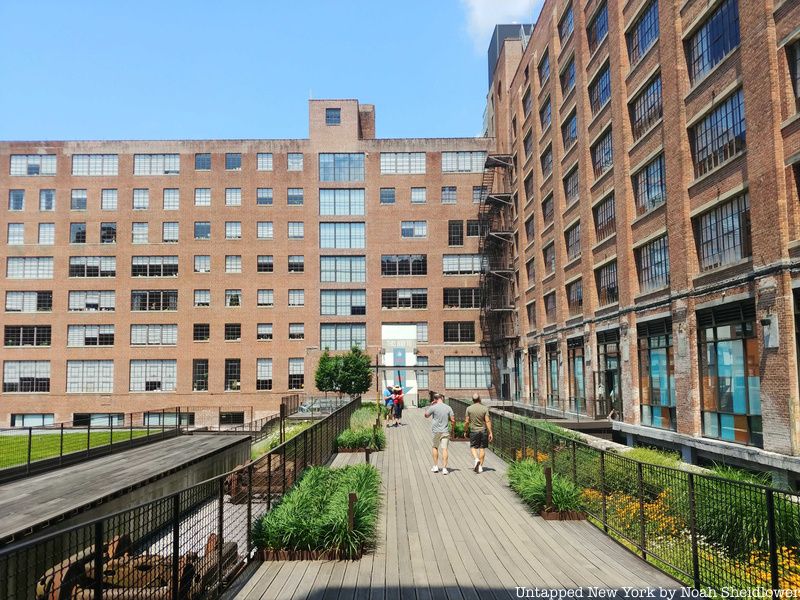
The Beltline is a former 22-mile rail corridor circling around Atlanta, but the idea to reuse this abandoned railway was conceived in 1999 by Ryan Gravel as a means to connect 45 neighborhoods within the city. Its completion within the next two decades will see the development of 22 miles of pedestrian-friendly rail transit, 33 miles of trails, 1300 acres of parks, public art, and many other such public works. The Beltline has already opened four trail segments, four parks, and affordable housing along the corridor.
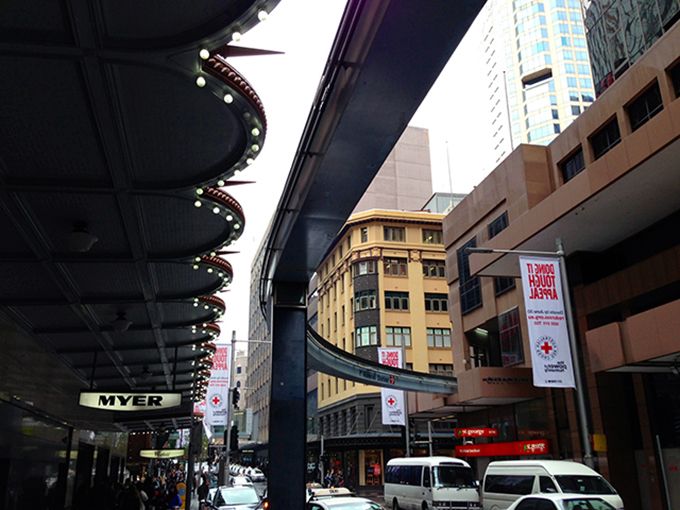
Image by William Feuerman for Untapped Cities
The monorail was first proposed in 1984 as a way to connect the Darling Harbor with Chinatown and the Central Business District, but after a brief 24 years, the line was deemed economically unfeasible due to its failure to attract a steady amount of passengers and high maintenance costs. It was originally set to be dismantled, but David Vago has proposed turning the elevated rails into a boardwalk. However, the proposal to change the monorail into a High Line-esque boardwalk has met with contention, especially given its (narrow) width and poor placement within the city.
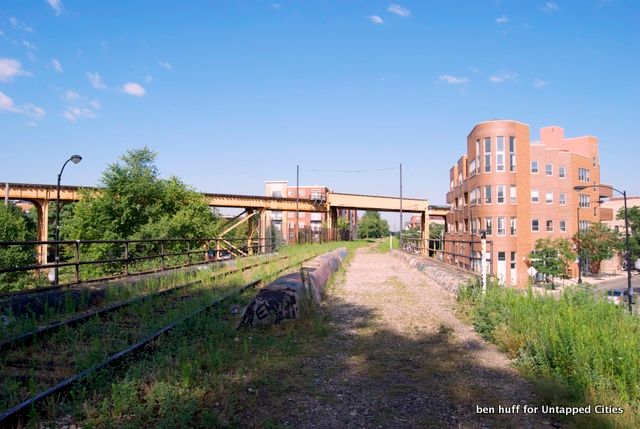
Built in 1873, the Bloomingdale Trail was a former freight rail line stretching along the length of what used to be Bloomingdale Avenue. Like the High Line, however, the street-level trains were a hazard to pedestrians, and so the entire line was elevated in 1910. But shortly after the line fell into disuse in 2001, the city took a keen interest in repurposing this structure in order to increase public parkland in Chicago. Construction of the Bloomingdale Trail Park—or The 606, as it’s now called—began in August 2013 and is slated for completion in Fall 2014, but one out of five of the trail’s parks was already completed in early September.
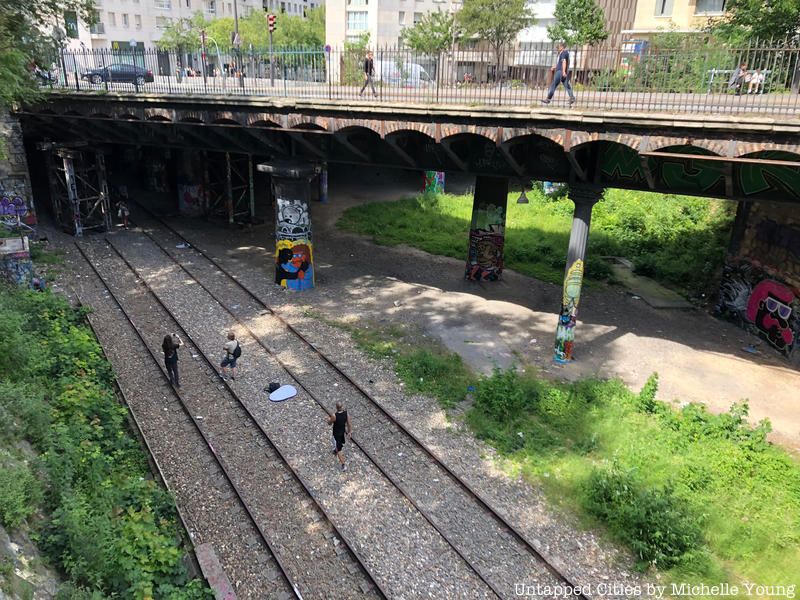
The Petite Ceinture—“Little Belt Railway” in French—is an abandoned rail line circling around Paris’ old borders. The line was made obsolete when the city expanded and the current transportation system replaced it. The last of its stations closing in 1934. Although a small portion of the railway in the 16th arrondissement has already been converted into a pedestrian path, some residents who live near the line have voiced their concern over increased activity and noise disturbances in their neighborhood. That, in addition to the difficulties in repairing theinfrastructure for public use, has slowed plans to repurpose the entire line into a public park.
Meanwhile, Paris’ old Vincennes railway line, known as the Coulée Verte or the Promenade Plantée, was converted into an elevated park six years before the formation of Friends of the High Line. This makes it quite the forerunner of the High Line movement, even if not the most well-known.
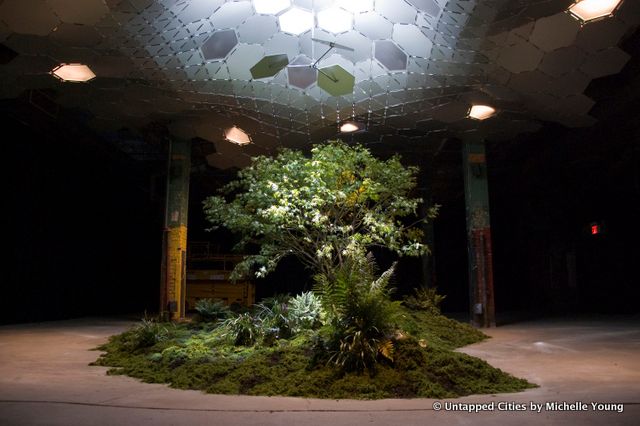
From the Lowline exhibit
Finally, a roundup of railway infrastructure conversions would be remiss without a reference to the Lowline, a project to convert the abandoned Williamsburg Bridge Railway Terminal from NYC’s trolley era, and The Queensway. Check out some renderings from The Queensway competition here.
Subscribe to our newsletter